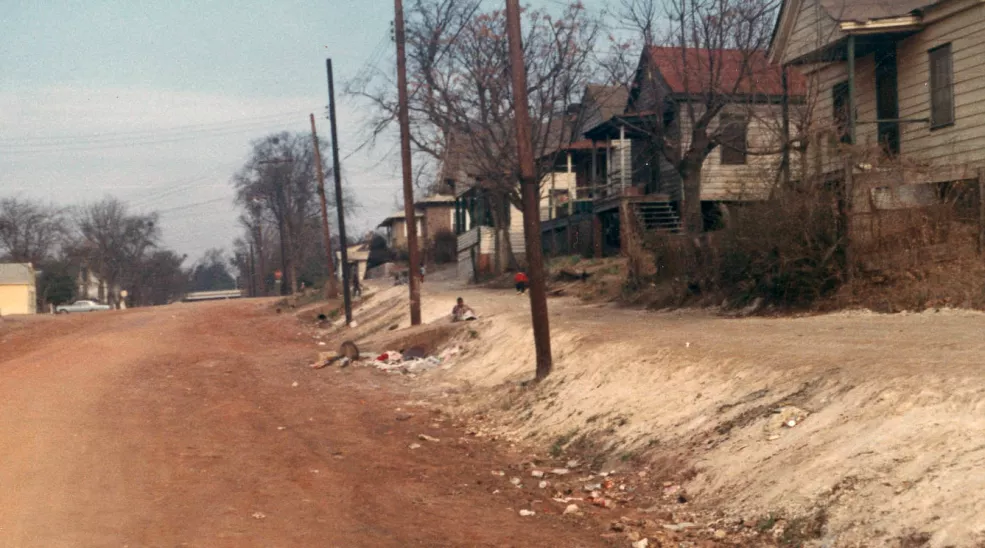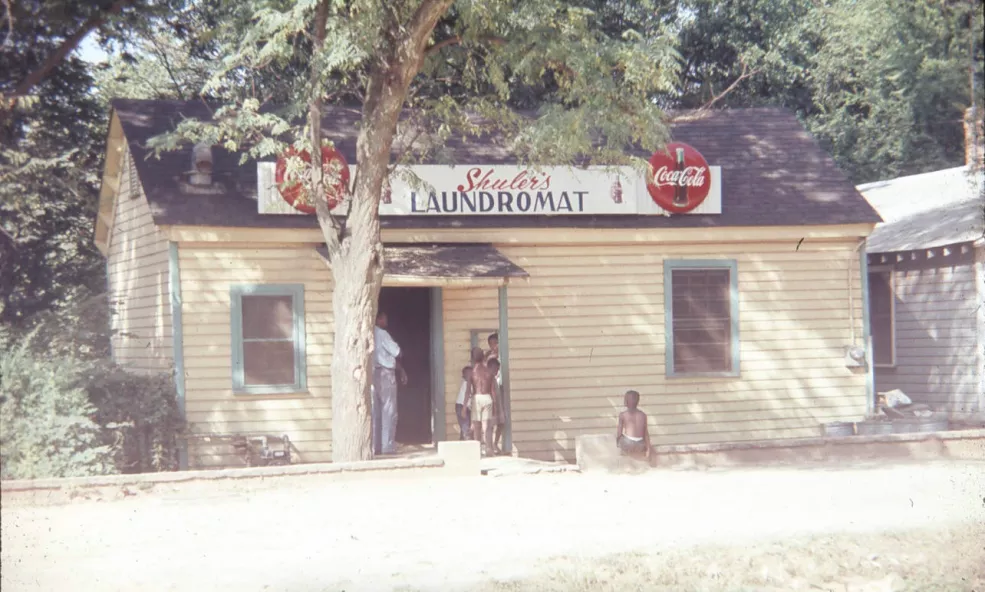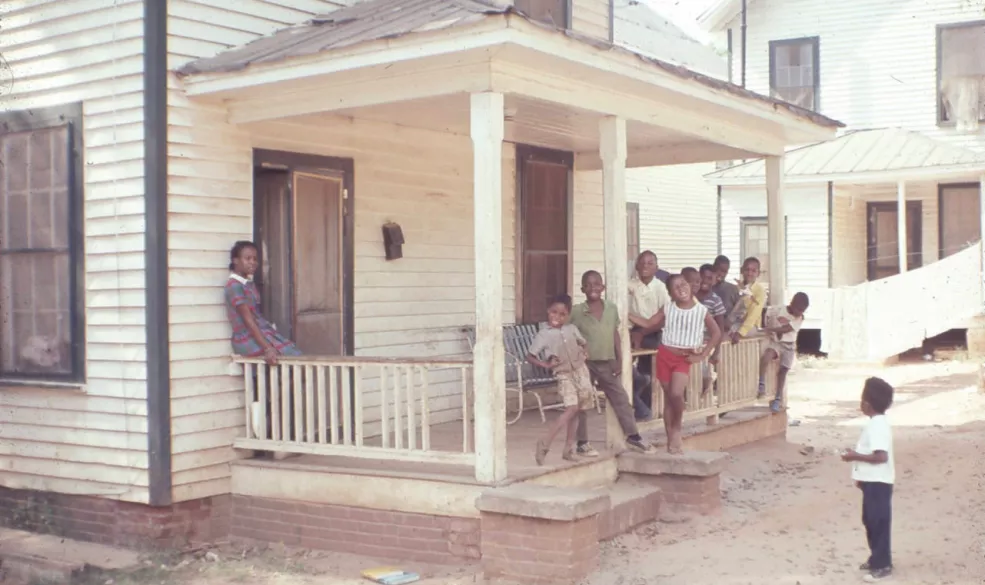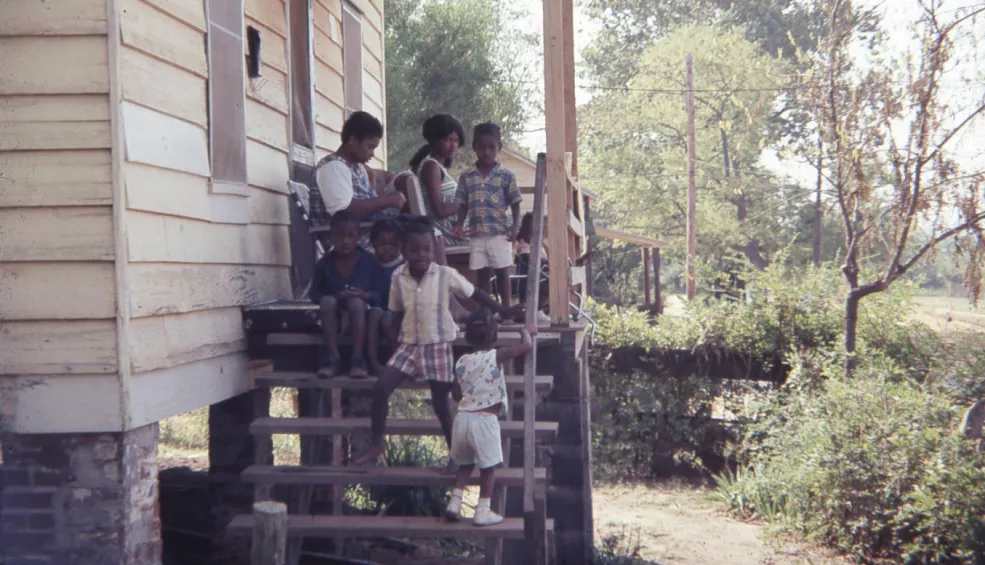Corner of Pulaski and Richland Streets
Urban Renewal
Around the turn of the 20th century, much of Arsenal Hill could be divided along racial lines. Affluent whites tended to live north and east of the Governor's Mansion, while African Americans, both affluent and working class, typically lived to the west. Surviving architecture testifies to these tendencies. This trend intensified during the Jim Crow era. By the late 1950s, the areas of Arsenal Hill with the most concentrated black population were deemed blighted and systematically condemned. A few properties were rehabilitated, and in many instances within the traditionally white areas of the community, former residences were converted into offices. Today, pictures, maps, and oral and written histories convey this watershed era in the neighborhood's past.



